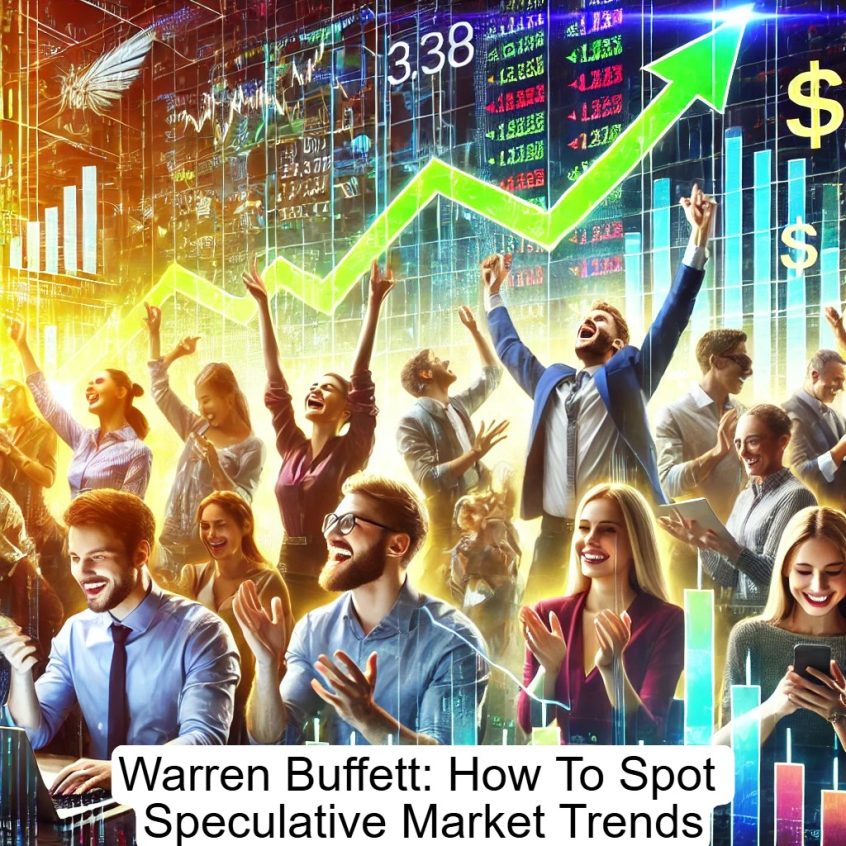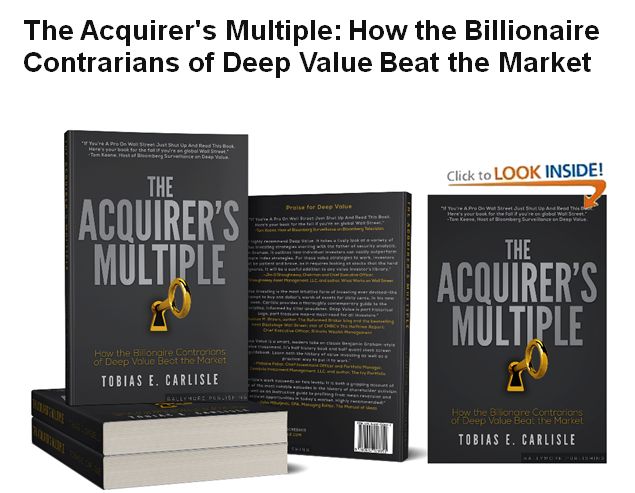Markets move in cycles, and few people understand these cycles better than Warren Buffett. In his 2006 Berkshire Hathaway Annual Meeting, Buffett offered a timeless lesson on speculation, commodities, and the dangers of chasing price trends.
Buffett acknowledged that price movements often begin with legitimate fundamentals. “At the beginning, it’s driven by fundamentals, and at some point, speculation takes over,” he explained.
This pattern applies to a wide range of asset classes, from copper and oil to housing and stocks. Initially, rational shifts in supply and demand drive prices higher. But then, as history shows time and again, speculators flood in, distorting the natural price mechanisms of the market.
One of Buffett’s key examples was the meteoric rise of oil and copper prices. He pointed out that while oil had been as low as $10 a barrel just a few years prior, its price skyrocketed not merely due to demand but because of the speculative fervor that followed.
“The very fact that — the fundamentals cause something that people looked at for years without getting excited about. Fundamentals change the picture in some way,” Buffett said. But once an asset enters the public imagination, price history starts to feed on itself, triggering an unsustainable cycle.
The most extreme example of such speculation is the famous Dutch tulip mania of the 17th century. Buffett invoked this historical bubble, remarking, “It’s that old story of what the wise man does in the beginning, the fool does in the end.”
Just as tulips, a simple flower, became the object of mass speculation, modern assets such as cryptocurrencies, tech stocks, and even real estate can follow the same trajectory.
Buffett’s warning extends to all financial bubbles: “Once a price history develops that causes people to start looking at an asset that they never looked at before and to get envious of the fact that their neighbor made a lot of money without any apparent effort… that takes over.”
The envy-driven cycle fuels the next stage of speculation, where amateurs, late to the game, buy in at inflated prices, often right before a crash.
In commodities like copper, Buffett recognized that speculation was already playing a dominant role. “My guess is that we’re seeing some of that in the commodity area. And, of course, I think we’ve seen some of it in the housing area, too.” His words were prescient—just two years later, the housing market collapse would trigger the worst financial crisis since the Great Depression.
Ultimately, Buffett’s wisdom serves as a warning to all investors: be wary of markets driven more by emotion than logic. When fundamentals give way to speculation, the path forward is uncertain, and as history has shown, the fallout can be severe. As Buffett put it best, “An awful lot of the activity in something like copper now is speculative on both sides of the market.” The challenge for investors is recognizing when the cycle has shifted from rational growth to reckless gambling.
You can watch the 2006 Morning Session in which the discussion took place here:
For all the latest news and podcasts, join our free newsletter here.
Don’t forget to check out our FREE Large Cap 1000 – Stock Screener, here at The Acquirer’s Multiple:



